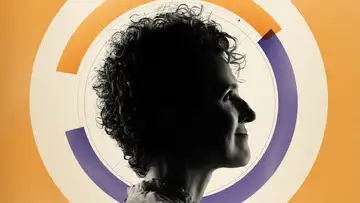Work in Progress: A Mural to WomenTop of Mind with Julie Rose • Season 1, Episode 538, Segment 4
Apr 24, 2017 • 20m
Guest: Jann Haworth, American Pop Artist, Artistic Director of the “Work in Progress” mural
In the BYU Museum of Art is a painted wall of women: Amelia Earhart, Anne Frank, Annie Oakley, Alice Walker. And those are just a few of the names that start with A. The mural is 8 feet high, nearly forty feet long. It’s a sea of female faces called, “Work in Progress,” developed by American pop artist Jann Haworth.
For more information on "Work in Progress" click here.
